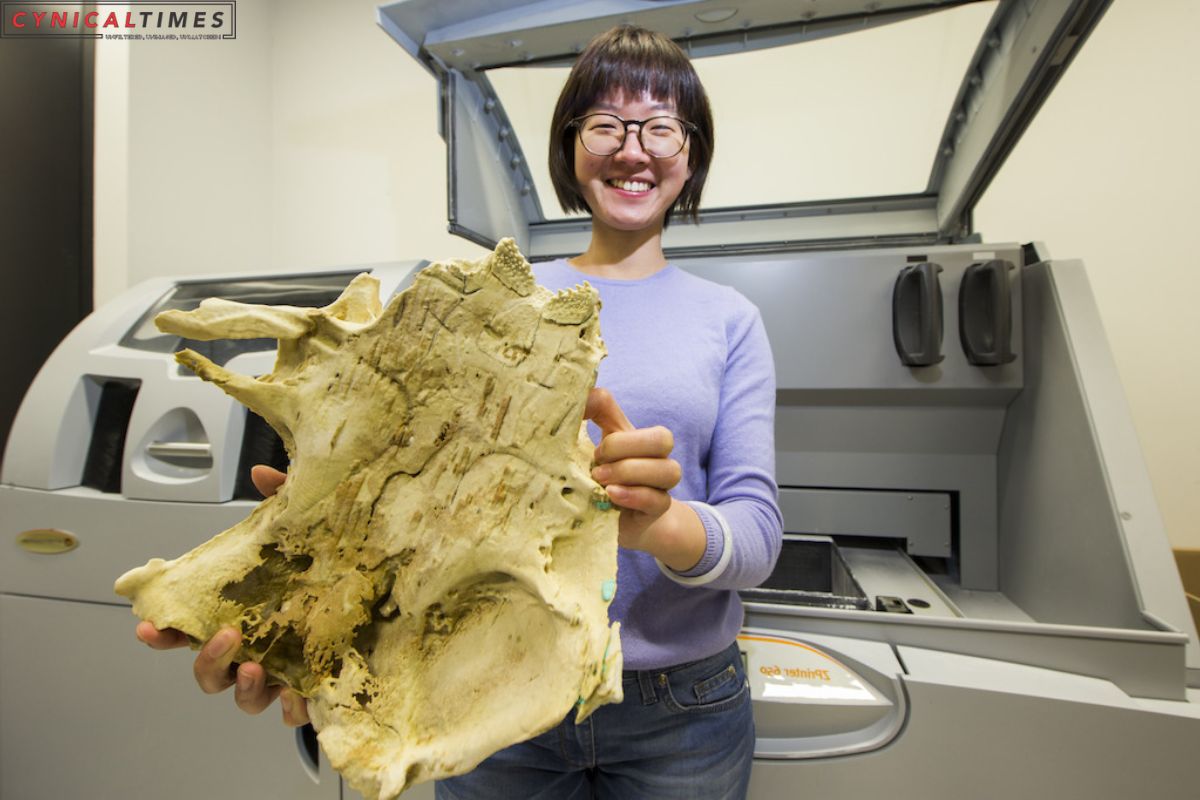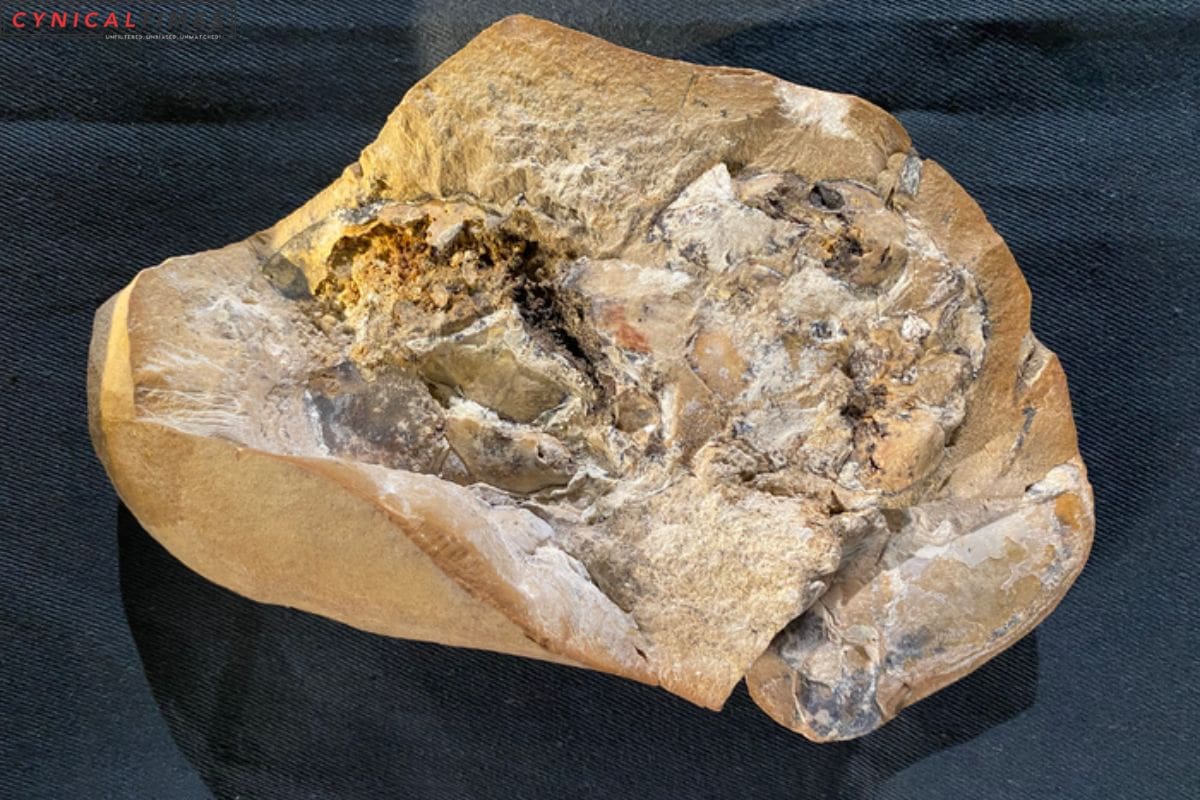Heart of an Ancient Enigma: In a remarkable scientific revelation, researchers unearthed the perfectly preserved heart of a Gogo fish, an ancient creature dating back approximately 380 million years. This extraordinary discovery offers a glimpse into a pivotal stage in the evolution of the cardiovascular system in all vertebrates, including humans.
The astonishing find, documented in the prestigious journal Science, unfolded in Western Australia, where a team led by Professor Kate Trinajstic from Curtin University in Perth made a groundbreaking realization. As they huddled around a computer screen, the researchers were overcome with excitement, realizing they had stumbled upon one of the most significant discoveries of their careers.
“We were crowded around the computer and [recognized] that we had a heart and pretty much couldn’t believe it! It was incredibly exciting,” Professor Trinajstic exclaimed.
This extraordinary specimen was preserved within the Gogo rock formation in the Kimberley region, defying the odds by conserving not only the heart but also the liver, stomach, intestine, and other internal organs. In a field where fossils usually consist of bones rather than soft tissues, this find is nothing short of mind-boggling, as described by Professor John Long of Adelaide’s Flinders University.
“We have never known anything about the soft organs of animals this old until now,” he marveled.
The Gogo fish, part of the first group of ancient fish known as placoderms, marked a significant shift in evolutionary history. These pioneering creatures were the first to possess jaws and teeth, a significant departure from their smaller, jawless predecessors. While earlier fish measured a mere thirty centimeters, placoderms could grow to impressive lengths of up to 29.5 feet (nine meters).


Also Read: Crispr Cas9 Gene Editing Precision Enhanced by Breakthrough DNA Topology Research
Scans of the Gogo fish’s fossilized heart revealed an unexpected complexity for such an ancient species. It featured two chambers stacked atop each other, reminiscent of the human heart’s structure. Scientists believe that this advanced cardiac design played a crucial role in the fish’s transition from a leisurely swimmer to a swift and formidable predator.
Professor Long elucidated, “This was the way they could up the ante and become a voracious predator.”
Another remarkable revelation was the heart’s positioning further towards the front of the body compared to more primitive fish. This adaptation likely provided the necessary space for the subsequent evolution of lungs, marking a pivotal development in the Gogo fish’s anatomy.
These extraordinary findings shed light on the early evolution of vertebrates and contribute to our understanding of the remarkable journey that shaped the human body.

